44 osha 1926 ladder label requirements
29 CFR § 1926.1053 - Ladders. - LII / Legal Information Institute (iii) A cage or well, and multiple ladder sections, each ladder section not to exceed 50 feet (15.2 m) in length. Ladder sections shall be offset from adjacent sections, and landing platforms shall be provided at maximum intervals of 50 feet (15.2 m). (20) Cages for fixed ladders shall conform to all of the following: eCFR :: 29 CFR Part 1926 Subpart X -- Stairways and Ladders § 1926.1051 General requirements. ( a) A stairway or ladder shall be provided at all personnel points of access where there is a break in elevation of 19 inches (48 cm) or more, and no ramp, runway, sloped embankment, or personnel hoist is provided.
1926.1053 - Ladders. - Occupational Safety and Health Administration 1926.1053(a)(1)(ii) Each portable ladder that is not self-supporting: At least four times the maximum intended load, except that each extra-heavy-duty type 1A metal or plastic ladders shall sustain at least 3.3 times the maximum intended load.
Osha 1926 ladder label requirements
Are Your Ladders Compliant? OSHA and ANSI Ladder Requirements 1926.1053 specifies when employers must provide ladders. In general, the standards require the following: When there is a break in elevation of 19 inches or more and no ramp, runway, embankment or personnel hoist is available, employers must provide a stairway or ladder at all worker points of access. OSHA Rolling Ladder Requirements | EGA Products, Inc. OSHA requirements for rolling ladders fall under is OSHA 1910.23(e) - Ladders. There are five different required sections for rolling ladders. ... Employees must face the ladder when descending the rolling ladder according to OSHA 1926.1053(b)(20) except when the slope of the steps is 50 degrees or less above the horizontal. (ANSI-ASC A14.7-2011. OSHA Ladder Safety Compliance: General Ladder Rules & Requirements OSHA does require employers to retrain each employee as necessary to maintain their understanding and knowledge on the safe use and construction of ladders and stairs. Wrapping it Up When used properly, and used only for the purpose for which they were originally designed, ladders are an excellent tool that can make a job easier to perform.
Osha 1926 ladder label requirements. OSHA Regulations - American Ladder Institute The U.S. Occupational Safety and Health Administration requires employers to provide ladders under a number of various workplace conditions. As stated by OSHA, in general the standards require ladders under the following conditions: When there is a break in elevation of 19 inches (48 cm) or more and no ramp, runway, embankment or personnel ... Oregon Occupational Safety and Health : Ladders : State of Oregon This course is designed to assist you as an employer or employee to meet the requirements of the Oregon OSHA Fall Protection Standards. This is the first course in the fall protection suite. ... - (D) and 1926.1053(a)(18) & (19) for fixed ladders used only for emergency evacuations. A-142 05/29/2018. Ladders: Manhole Metal Ladders for ... Subpart X: Stairways and Ladders, OSHA 1926 Construction - UpCodes 1926.1050 (a) Scope and Application. This subpart applies to all stairways and ladders used in construction, alteration, repair (including painting and decorating), and demolition workplaces covered under 29 CFR part 1926, and also sets forth, in specified circumstances, when ladders and stairways are required to be provided. OSHA Ladder Safety Rules & Requirements | Safety By Design The following OSHA ladder inspection requirements are specified in their safety standards. 1926.1053 (b) (2) - Ladders shall be maintained free of oil, grease, and other slipping hazards. 1926.1053 (b) (15) - Ladders shall be inspected by a competent person for visible defects periodically and after any occurrence that could affect their safe use.
1926.955 - Portable ladders and platforms. | Occupational Safety and ... Portable ladders and platforms used on structures or conductors in conjunction with overhead line work shall meet the following requirements: 1926.955 (b) (1) Design load. In the configurations in which they are used, portable platforms shall be capable of supporting without failure at least 2.5 times the maximum intended load. 1926.955 (b) (2) OSHA Ladder Requirements & Safety - Grainger KnowHow The General Requirements for all ladders also covers the design specifications for rungs and steps used on ladders and stepstools. The design for rungs and steps must meet the following criteria: Ladder Rungs, Steps and Cleats 29 CFR 1910.23 (b) (1) - (4) (iv) Parallel, level and uniformly spaced when the ladder is in position for use. ANSI ASC A14.5-2017: Ladders - Portable Reinforced Plastic - Safety ... Every year, more than 300 people die in ladder-related incidents, and, in 2013 more than 175,000 people were injured on ladders severely enough to need a trip to the hospital. Initiatives for promoting ladder safety are stronger now than ever, as ALI undertook the first National Ladder Safety Month in March 2017. However, it is implied that the ... PDF Stairways and Ladders - Oregon Stairways and Ladders X Oregon Occupational Safety and Health Division Oregon Administrative Rules AO 3-2015 Division 3 1926.1050 X - 3 1926.1050 (b)
OSHA Ladder Safety for General Industry | Safesite A guide to ladder duty rating labels. See the label on your ladder to determine its maximum load. The ladder duty ratings and weight limits are: Type 3: Maximum weight of 200 lbs, light-duty for household use Type 2: Maximum weight of 225 lbs, medium-duty for painters, handymen, and other simple projects OSHA Ladder Safety Compliance: General Ladder Rules & Requirements OSHA does require employers to retrain each employee as necessary to maintain their understanding and knowledge on the safe use and construction of ladders and stairs. Wrapping it Up When used properly, and used only for the purpose for which they were originally designed, ladders are an excellent tool that can make a job easier to perform. OSHA Rolling Ladder Requirements | EGA Products, Inc. OSHA requirements for rolling ladders fall under is OSHA 1910.23(e) - Ladders. There are five different required sections for rolling ladders. ... Employees must face the ladder when descending the rolling ladder according to OSHA 1926.1053(b)(20) except when the slope of the steps is 50 degrees or less above the horizontal. (ANSI-ASC A14.7-2011. Are Your Ladders Compliant? OSHA and ANSI Ladder Requirements 1926.1053 specifies when employers must provide ladders. In general, the standards require the following: When there is a break in elevation of 19 inches or more and no ramp, runway, embankment or personnel hoist is available, employers must provide a stairway or ladder at all worker points of access.


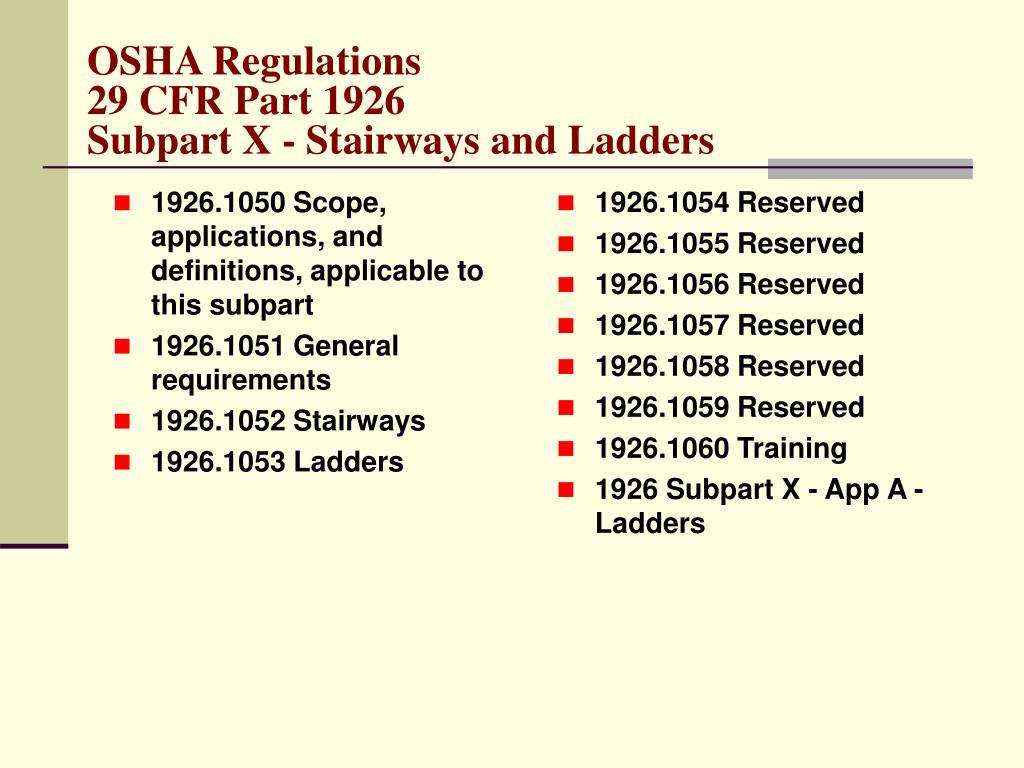


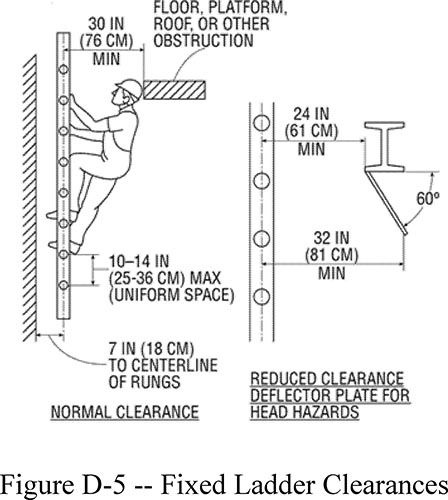
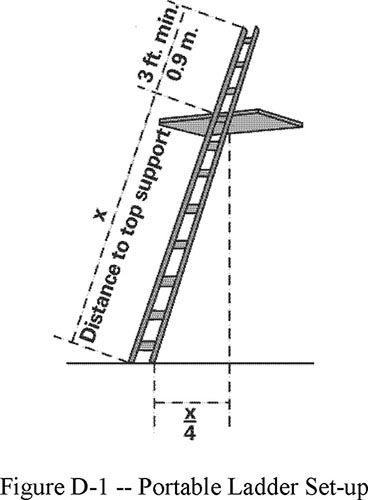
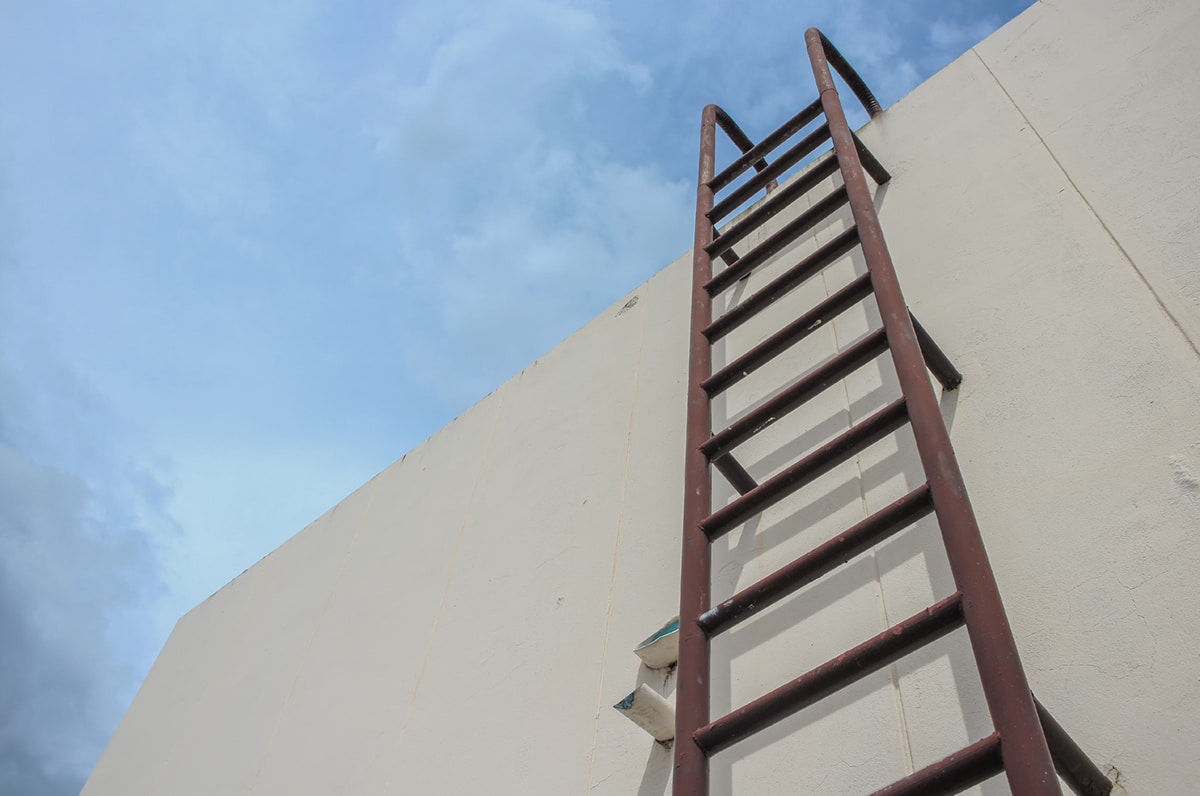


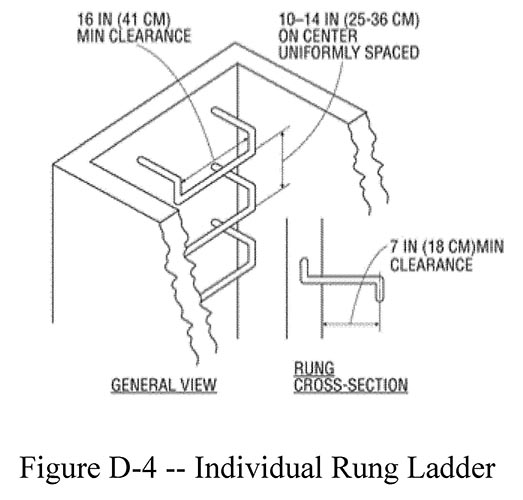
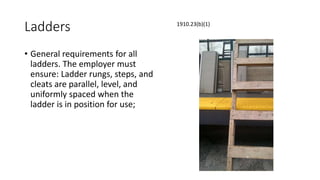
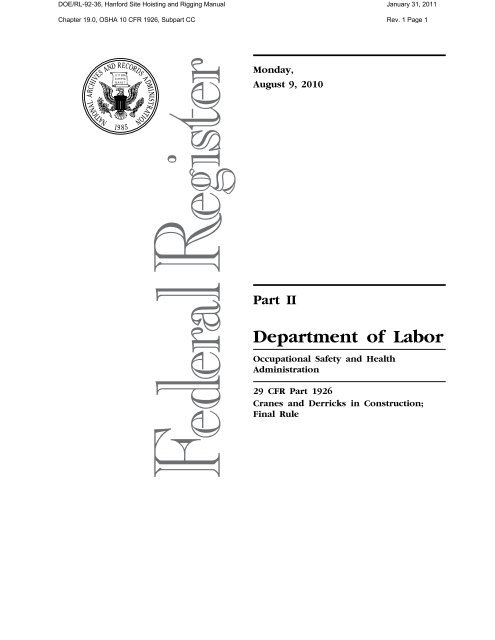
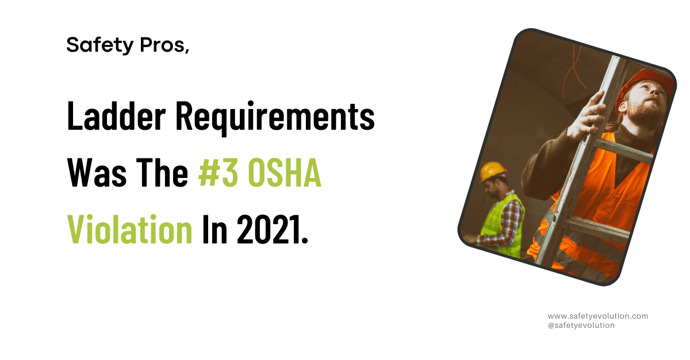





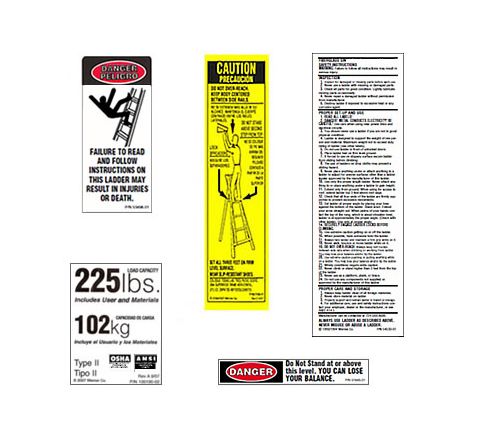
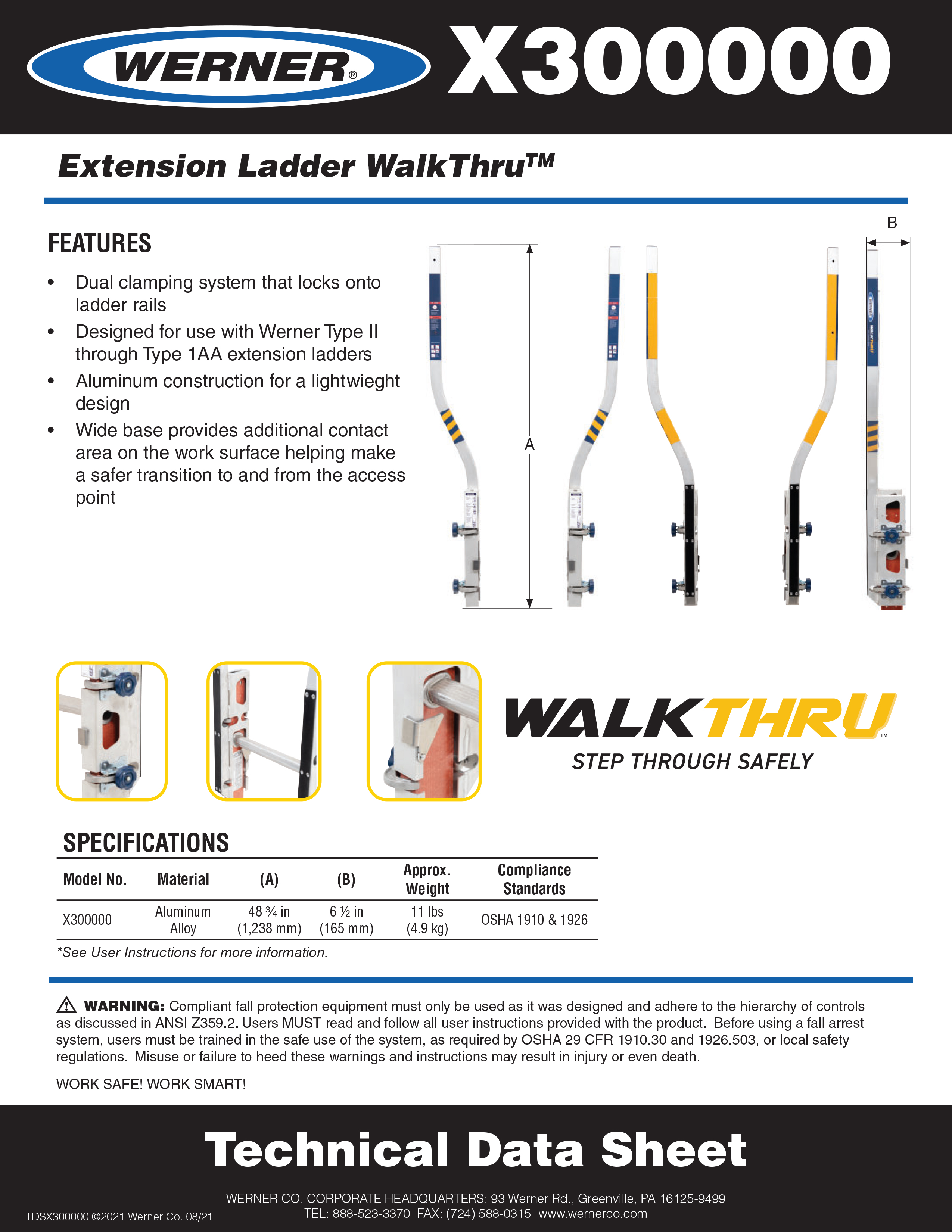

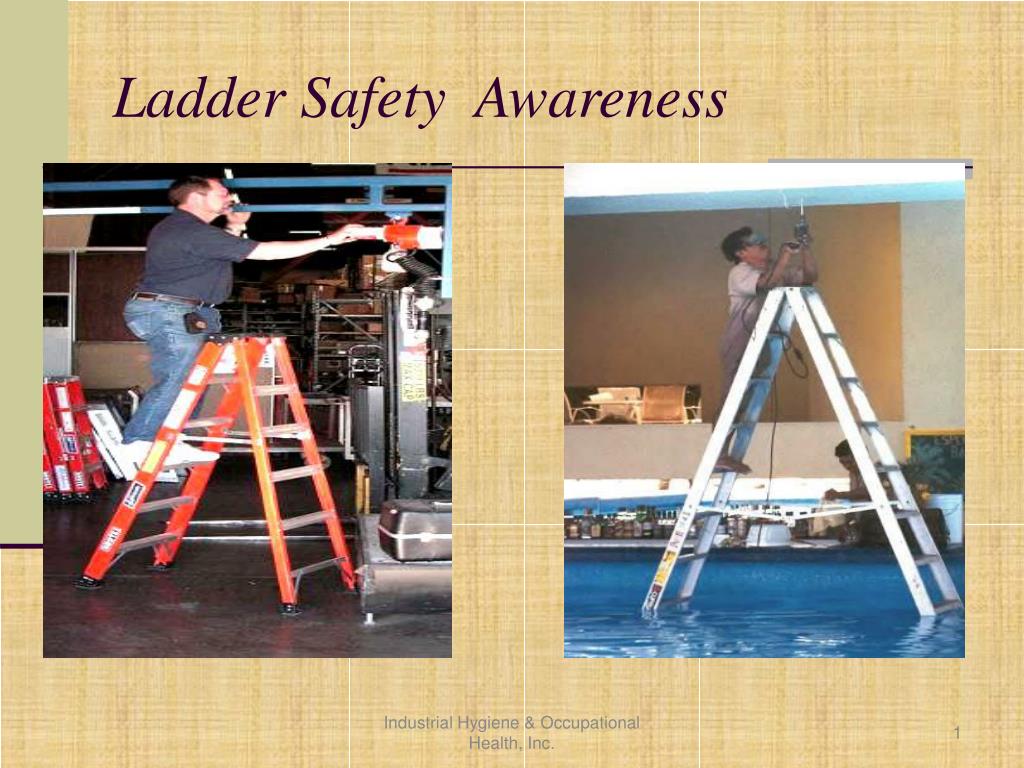
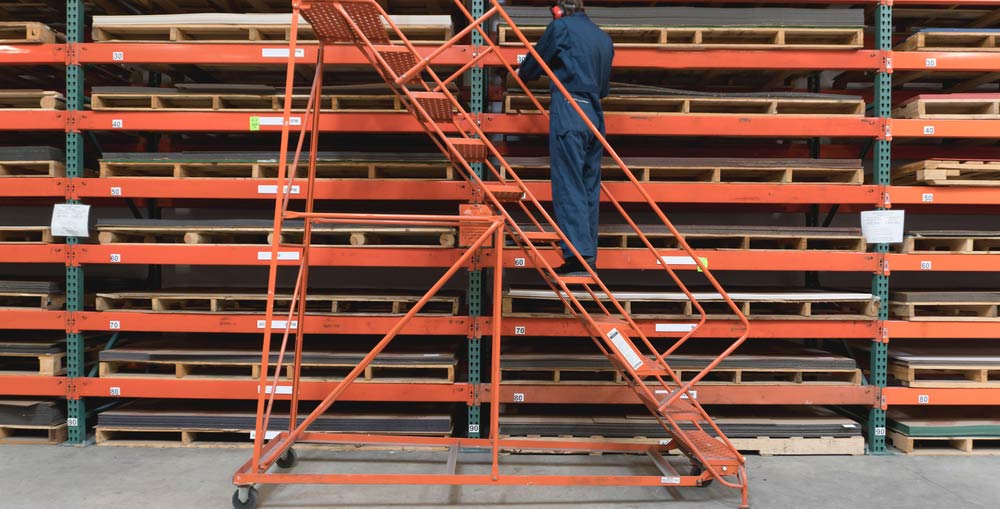

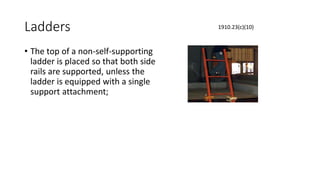

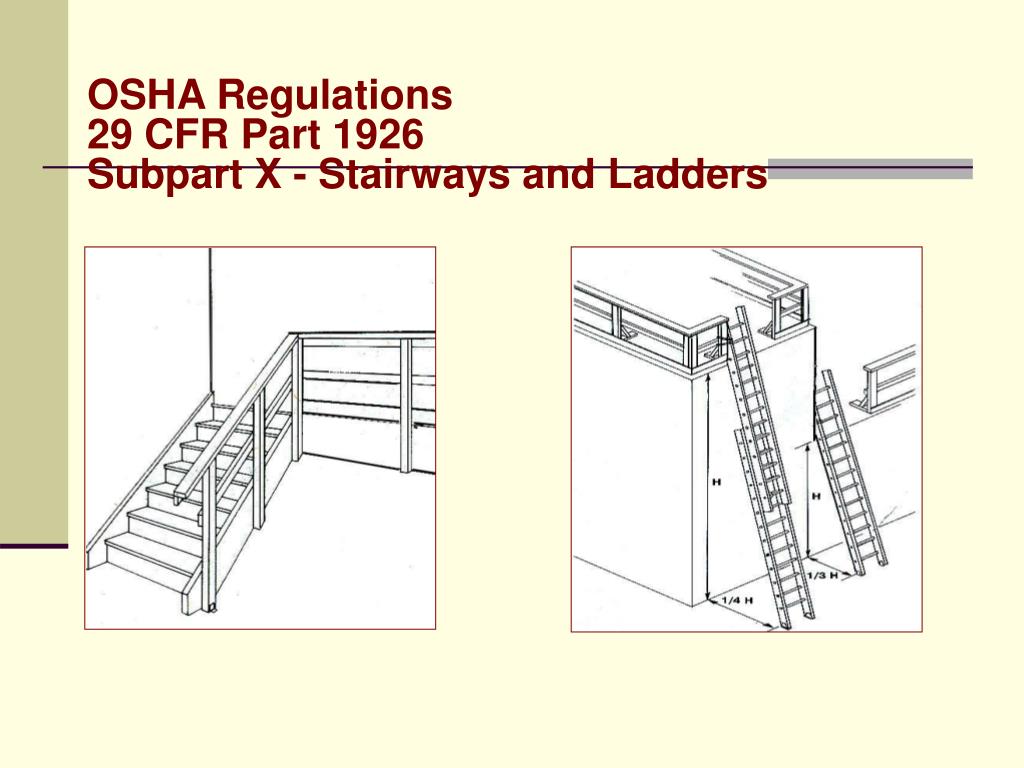

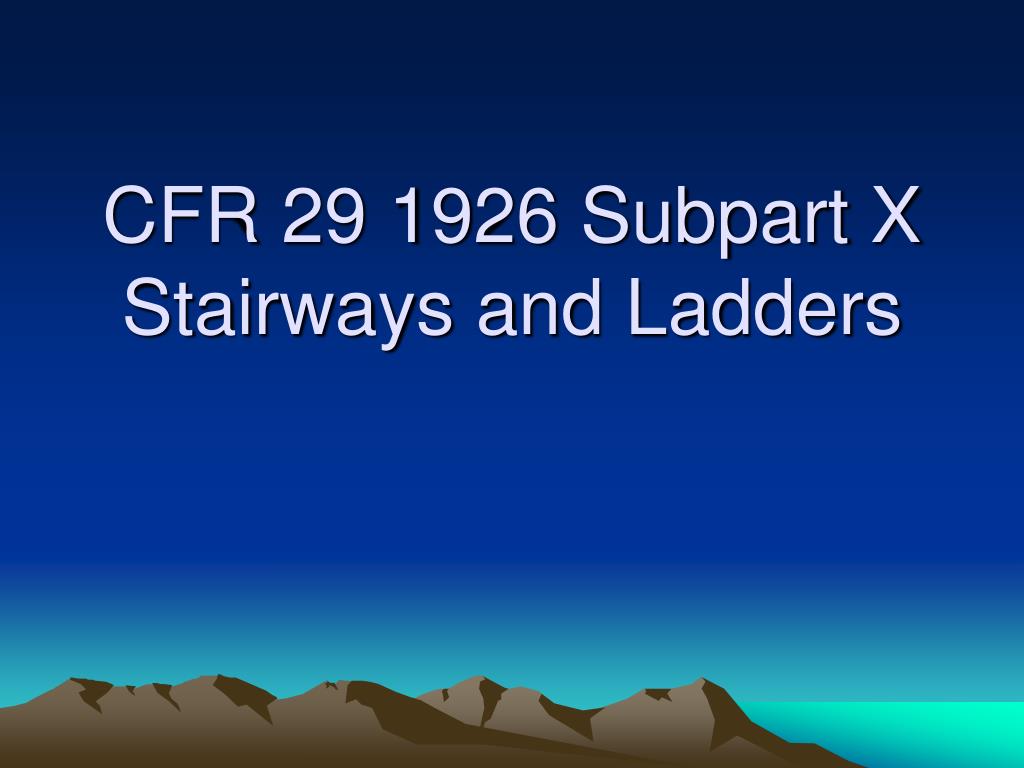

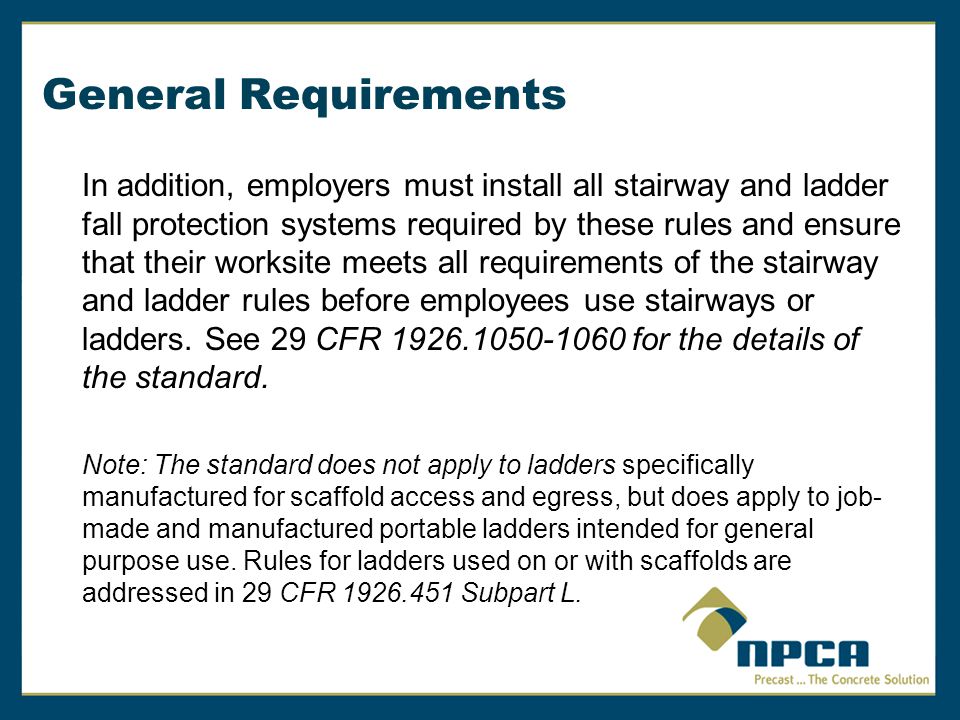


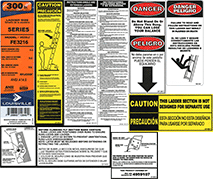

Post a Comment for "44 osha 1926 ladder label requirements"